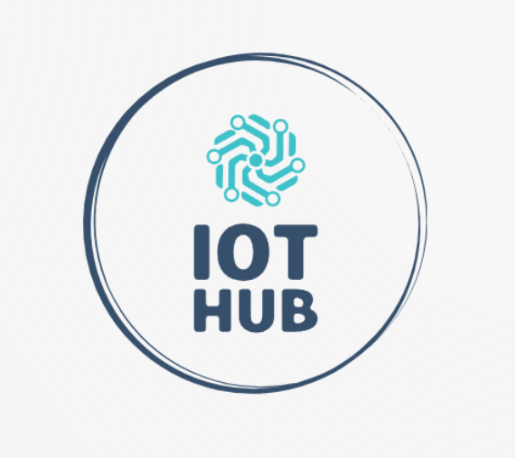Author: Shannon Meyer

In an era marked by rapid urbanization and environmental concerns, the concept of sustainable cities have become increasingly prominent. Urban areas face a myriad of challenges, including congestion, pollution, resource depletion, and inefficient infrastructure. However, with the advent of the Internet of Things (IoT), cities around the world are leveraging smart technologies to address these challenges and create more sustainable and livable environments.
Smart Infrastructure and Energy Management
IoT plays a crucial role in optimizing urban infrastructure and energy management systems. By integrating sensors and data analytics into critical infrastructure such as transportation networks, buildings, and utilities, cities can monitor energy consumption in real time and identify areas for improvement. Smart grids enable more efficient distribution of electricity, reducing waste and lowering carbon emissions. Likewise, intelligent traffic management systems help alleviate congestion and reduce fuel consumption, contributing to cleaner air and improved quality of life for residents.
Waste Management and Recycling
Effective waste management is essential for creating sustainable cities. IoT solutions enable cities to implement smart waste collection systems, where sensors installed in bins monitor fill levels and optimize collection routes, reducing unnecessary trips and fuel consumption. Furthermore, IoT facilitates waste sorting and recycling by tracking the flow of materials throughout the waste management process, enabling cities to divert more waste from landfills and promote a circular economy.
Environmental Monitoring and Air Quality
Maintaining clean air and a healthy environment is paramount for sustainable urban development. IoT sensors can monitor air quality in real-time, measuring pollutants such as particulate matter, nitrogen dioxide, and ozone. This data allows city authorities to identify sources of pollution, implement targeted interventions, and communicate air quality information to the public. By promoting awareness and transparency, IoT-enabled environmental monitoring contributes to improved public health and environmental stewardship.
Smart Water Management
Water scarcity is a growing concern in many urban areas, exacerbated by climate change and population growth. IoT technologies offer solutions for smart water management, enabling cities to monitor water usage, detect leaks, and optimize irrigation systems. By implementing smart meters and sensors, cities can identify inefficiencies in water distribution networks and promote water conservation behaviors among residents. Additionally, IoT facilitates the monitoring of water quality in rivers, lakes, and reservoirs, safeguarding precious water resources for future generations.
Citizen Engagement and Participation
Engaging citizens in sustainability initiatives is essential for creating inclusive and resilient cities. IoT platforms enable cities to collect feedback from residents, crowdsource environmental data, and facilitate citizen participation in decision-making processes. By providing citizens with access to real-time data and interactive tools, cities empower individuals to take proactive steps towards sustainability, whether through energy conservation, waste reduction, or sustainable transportation choices.
Conclusion
The Internet of Things is revolutionizing the way cities are managed and developed, offering innovative solutions to complex urban challenges. By harnessing the power of IoT, cities can build more sustainable, resilient, and livable environments for current and future generations. From smart infrastructure and energy management to waste reduction and citizen engagement, IoT technologies play a pivotal role in shaping the cities of tomorrow, where sustainability is not just a goal but a guiding principle for urban development. As cities continue to embrace IoT innovations, the vision of truly sustainable cities is within reach, paving the way towards a brighter and more sustainable future for all.
